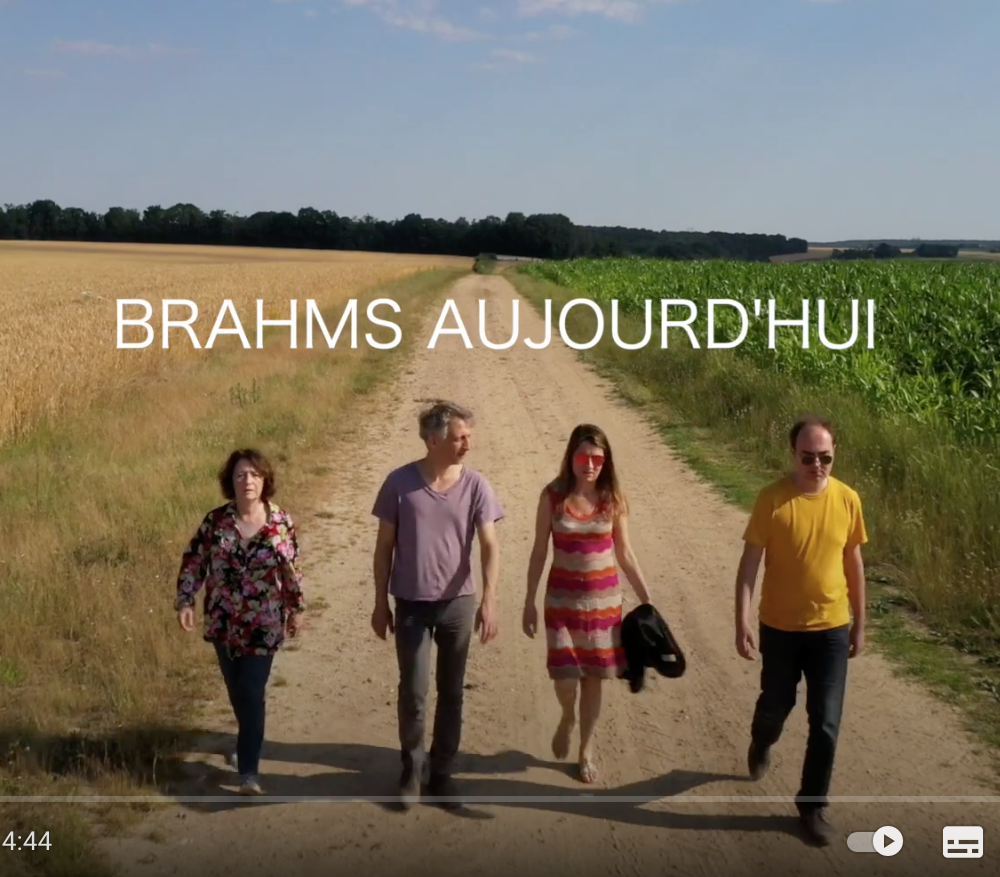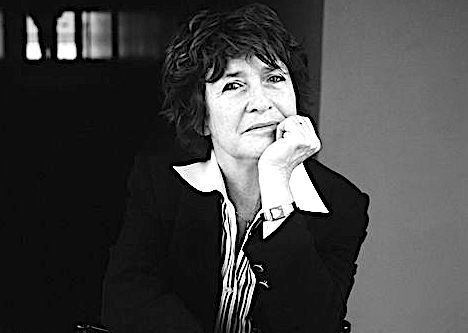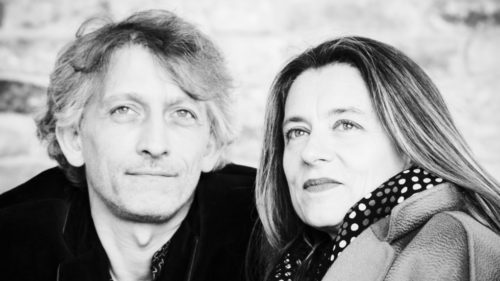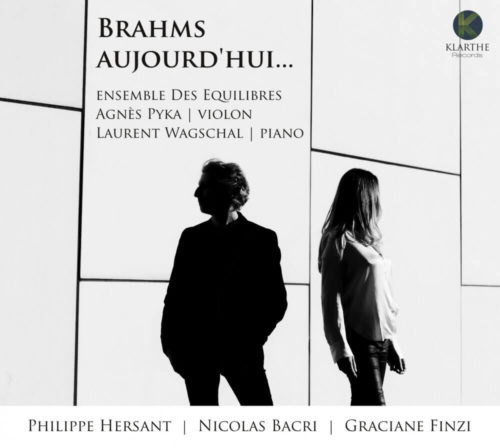In 2018, violinist Agnès Pyka, artistic director of the Des Équilibres ensemble, commissioned works inspired by Brahms' three violin sonatas from Philippe Hersant, Nicolas Bacri and Graciane Finzi. This CD bears witness to this musical encounter, with a top-flight performance by pianist Laurent Wagschal.
The theme of Brahms' Regenlied , , which irrigates the last movement of his Sonata no. 1 op. 78 (1878), commonly known as Regensonate ("Rain Sonata"), also gives its name to Philippe Hersant 's piece, and immediately inspires the long chromatic introduction for solo violin that opens the disc. This theme is varied many times over in the course of a highly expressive journey, led entirely by a virtuoso, lyrical violin, often soloist, which regularly soars to the highest notes and plays with numerous techniques, double-strings, harmonic bariolages, tremolos and pizzicatos. Throughout the various sonic stages of this nearly twenty-minute composition, the piano's role is to color the violin's melody with atmospheres that are more impressionistic than romantic, ranging from iridescent accompaniments and trembling crystalline high notes to solid chorale-like harmonic columns and arpeggiated counterchants.
Nicolas Bacri's In Anlehnung an Brahms ("In the spirit of Brahms") opens in an entirely different mood, with violin and piano in more open and equal dialogue. The mysterious harmonies and expressive chromaticism of the introduction, interspersed with silences, soon take on a romantic ardor and ardor. This first part seems far removed from the serene mood of Sonata no. 2 op. 100 (1886), composed on the shores of Lake Thun(Thuner-Sonata), a work Clara Schumann cherished above all others by Brahms. But the fiery flames of the initial blaze fall back on the more refined, deeply lyrical atmosphere of a calmer middle section, more in tune with its source of inspiration, which concludes with a final, more contrasting sequence, between ferocious agitation and fleeting dreamlike moments, whose coda relieves all tension.
Graziane Finzi has chosen to pay homage to Brahms' Sonata no. 3 (1888) in four brief movements, echoing its classical structure. The composer weaves her own sonata Winternacht ("Winter Night") from short thematic excerpts borrowed from the model, pieces of memory that the listener may or may not recognize. His sound poetry, laced with the dreamy, melancholy fragrances of a nocturne, proves irresistible. This is particularly true of the slow movements "Adagio" (2) and "Cantabile" (3), where subtle piano writing dominates the texture, offering a journey of a thousand colors, accompanied by discreet touches of violin. This is the richest work on the disc.
The sonata for violin and piano could be seen as a distant vestige of a bygone age, when two musical heroes from an obsolete past crossed swords in a grand, sentimental and virtuosic outpouring. Hersant, Bacri and Finzi, by adopting this model in their homage to Brahms, are able to touch us at the deepest level, while proving that our era can still enjoy and renew this romantic model. As for Agnès Pyka and Laurent Wagschal , they are never in the show business, but they sublimate with as much subtlety as commitment these scores dedicated to them.
Guillaume Kosmicki
Record by Klarthe Records



)




